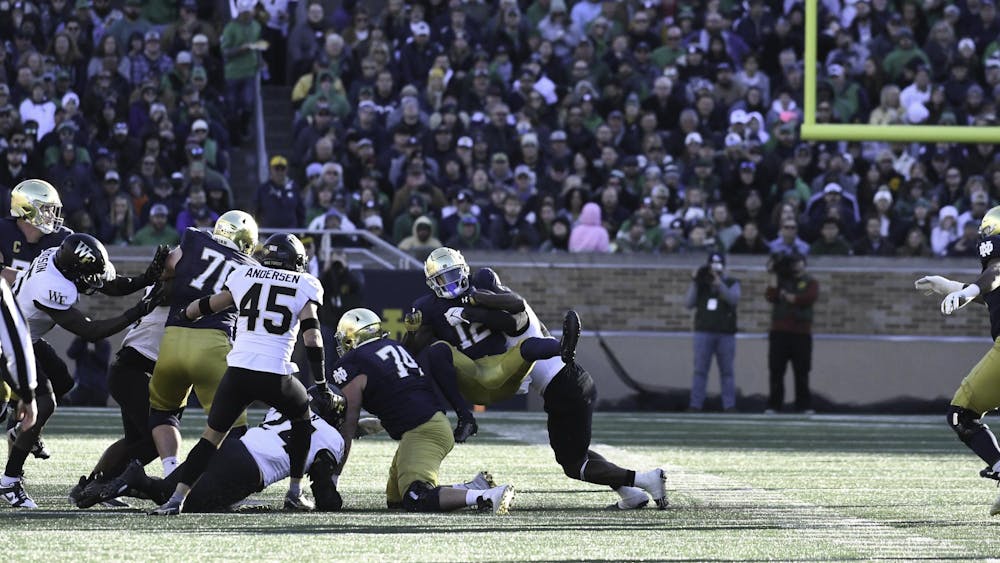“This is not heartbreak. This is frustration, disgust and incompetence. This is failure and collapse. This is unacceptable.”
Ryan Kolakowski’s words in his column earlier this month are an excellent encapsulation of American soccer fans’ feelings after the men’s national team missed out on the World Cup for the first time since 1986.
But his argument is missing the most important piece.
Kolakowski makes the case that the savior for U.S. soccer is former Barcelona coach Tata Martino. Martino has international coaching experience with his native Argentina, he has an understanding of American players thanks to his current spell at Atlanta United and he has a fondness for a skillful and inventive style of playing the beautiful game that is far from the bland, defensive tactics the U.S. has relied on for too long.
But Martino can’t fix U.S. soccer.
No coach alone can. The problems run much deeper than that.
A superstar coach might provide a short-term fix, but that isn’t what soccer in this country needs. Four years from now, a Martino-led United States team should qualify for the 2022 World Cup, because the U.S. is still clearly a top-3 team in the CONCACAF region on talent alone (and would still have a shot at qualification against Australia, had Panama not been awarded a goal that clearly did not cross the goal line). But 10 or 15 years from now, the United States won’t get much better than that unless bigger changes are made.
The most important of those changes is removing Sunil Gulati from the role of president of the United States Soccer Federation. Gulati is true figure behind the team’s failure to qualify. The United States struggled under Jurgen Klinsmann and struggled under Bruce Arena because the problem is much more than just the head coach.
The American youth soccer system is a disaster. While football, basketball and baseball are readily available to all, soccer — despite a lack of expensive equipment needed to play — remains only truly an option for the wealthy. Families earning over $100,000 per year produce 35 percent of youth soccer players, and those earning $25,000 per year of less account for just 13 percent, even though those two groups of Americans are of similar size. While other sports are filled with lower-income kids who set their sights on sporting success, soccer is the opposite. A sport that requires only a ball, a field and a goal has somehow become a difficult sport to play.
Even more problematic is the pipeline to turning professional. The college athletics system works in other sports, but not in soccer. Where football, basketball and baseball have one professional league that dominates all others, soccer does not. Where these sports require older, more experienced and physically developed players, soccer can see a more immediate impact from teenagers.
But too many soccer players don’t turn professional until they’re 22 years old, and are expected to compete against players who have been professionals since they were 16. Youth academies have been improving, but for a country with the resources the United States has, they are nowhere near strong enough. Christian Pulisic, already America’s best player at just 19, benefited greatly from leaving the U.S. to play for Dortmund. But for most American players — who do not hold EU citizenship like Pulisic — that isn’t an option. Similarly, it’s no coincidence that Klinsmann, during his time as coach, favored German-born players, who took no part in the U.S. youth system.
For these problems, it’s the man at the top who needs to go.
It would be easy to look at U.S. soccer’s failure to beat worse teams, see the USSF hire a new coach and declare it a success when the team qualifies for the next World Cup. But if soccer in the U.S. is going to take it’s next big step forward, change needs to come from the very top and down to the very bottom.













